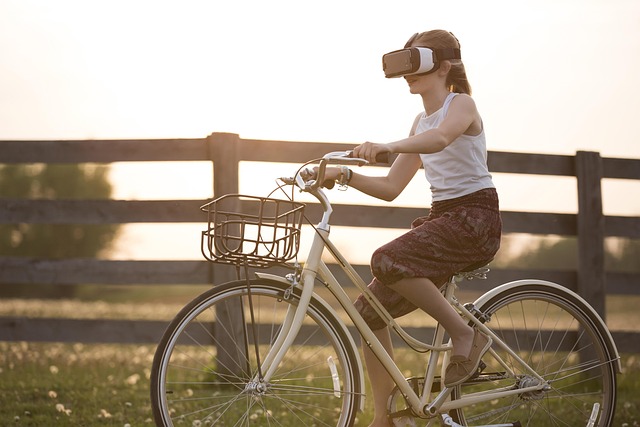The rapid advancements in technology are reshaping the landscape of education, making learning not just an act of absorbing information but an immersive experience that transcends the traditional classroom setting. With the integration of Virtual Reality (VR), Augmented Reality (AR), and the burgeoning concept of the Metaverse, the future of virtual education promises to be both exciting and transformative.
Virtual Reality takes the concept of learning beyond textbooks and lectures. Imagine a biology class where students don VR headsets to explore the intricacies of human anatomy in a 3D environment, interacting with organs and systems as if they were on a field trip inside the body itself. This kind of interactive learning can enhance understanding and retention, helping students grasp complex concepts in a more engaging way. As VR technology becomes more sophisticated and accessible, the immersive experiences it offers can foster a deeper emotional connection to the subjects being taught, ultimately leading to a more impactful education.
On the other hand, Augmented Reality brings a different flavor to virtual education. By overlaying digital information onto the real world, AR can enhance traditional learning materials. Imagine students in a history class pointing their tablets at a textbook and watching as historical events unfold in 3D animations. This layer of interactivity not only makes learning fun but also stimulates curiosity and encourages exploration. AR can facilitate collaborative projects where students can visualize and interact with their surroundings in innovative ways, breaking down barriers of conventional learning.
The concept of the Metaverse further expands the horizons of virtual education. The Metaverse envisions a shared, virtual space that integrates all aspects of our digital lives, including social interactions, commerce, and, of course, education. In this vast, interconnected universe, learning can occur anytime, anywhere. Students can attend classes led by renowned professors from across the globe, collaborate with peers in real-time, and explore various fields without the limitations of geographical boundaries. The potential for global collaboration and exchange in the Metaverse is unprecedented, making education more inclusive and diverse than ever before.
These technologies, collectively, are redefining the way we understand and engage with education. Virtual education based on simulation environments appeals not only to the digital natives of today but also to educators seeking ways to enhance instructional methods and cater to various learning styles. As we venture further into the realms of VR, AR, and the Metaverse, the possibilities for creative, effective, and immersive learning experiences are endless. It’s an exhilarating time for students, educators, and institutions alike as they prepare to embrace this new frontier in education.
While the implementation of these technologies presents challenges, such as accessibility and resource allocation, the potential benefits are immense. Schools and universities are beginning to recognize that investing in virtual education is not merely a trend but an essential step toward preparing students for an increasingly complex and digital future. By harnessing the power of simulation through VR, AR, and the Metaverse, we can cultivate a generation of learners equipped with the skills, knowledge, and creativity to thrive in tomorrow’s world.



